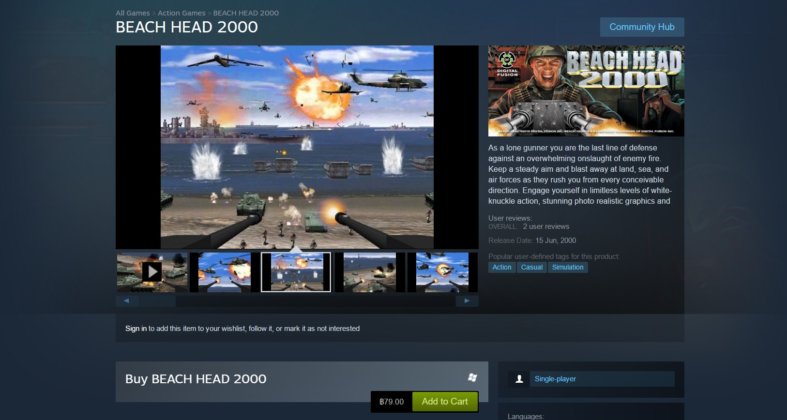
Barrage balloons worked as both a passive and active means of aerial defense.įloating barrage balloons over a specific area prevented enemy aircraft from flying close enough to target the area from directly overhead with bombs or strafing fire. Britain invested in them as a means of defending London and other cities from German bombing raids, while France used them to protect strategically important areas, such as railroads and aqueducts, from aerial attacks. The development of barrage balloons began during World War I and was undertaken by many of the European nations in the war.

military was not always interested in the barrage balloon for military operations, and the program took several decades to develop. military’s use of balloon technology.īarrage balloons protect dozens of ships on the Normandy beaches as they offload the men, material, and munitions needed to expand the beachhead. They provided critical protection to the ships and soldiers below them from attacks by enemy aircraft, and continue to provide us a glimpse into the U.S. They were, however, vital to the operation, and were brought ashore in the invasion’s first wave by the brave men of the 320th Barrage Balloon Battalion, the only unit comprised entirely of African American soldiers to storm the beach that day. These balloons, known as barrage balloons, may seem at first glance out of place in a major military invasion. Floating above most of the ships, stretching into the distance, are silver oval shaped balloons.

The image features several LSTs (Landing Ship, Tank) beached along the coast of France while dozens of military vehicles drive off them and thousands of pounds of supplies and equipment are unloaded in order to support the continuation of the invasion. One of the most iconic images of the D-Day invasion was taken shortly after the initial invasion itself.


 0 kommentar(er)
0 kommentar(er)
